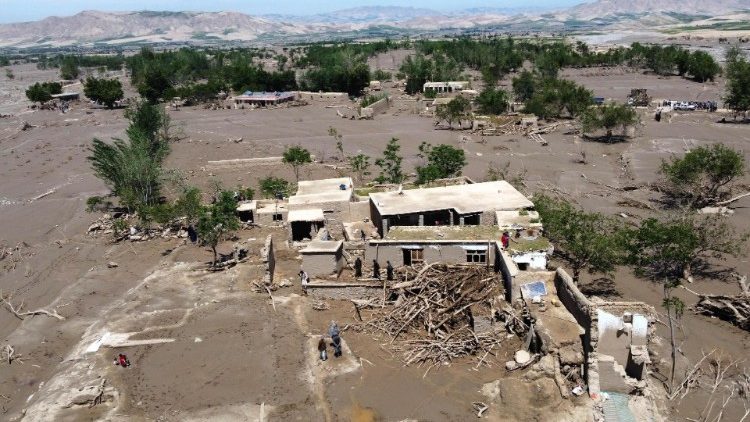
By Francesco Bartolini
Save the Children, which has fought to provide Afghan children at risk with safer environments and a better future since 1976, has confirmed massive evacuations in several areas of Afghanistan over the previous seven months.
During the past couple years, the country has seen a decrease in international aid when it was needed the most amidst extreme weather conditions as a by-product of the changing climate.
According to the Internal Displacement Monitoring Centre, the first half of 2024 already experienced a larger number of displaced children than the whole of 2023 compared to any other country in the world: 37,076 compared to 38,488 and counting as of Jun 27, 2024.
Climate issues including floods, droughts, extreme temperatures and storms are pushing immense number of Afghan children and families to flee their homes.
The UN also confirms that one-in-seven citizens are at risk of long-term displacement above any other country’s internally displaced persons in South Asia.
Geographically, Afghanistan is located in a seismically active region, which puts it at an increased risk of earthquakes. It proves especially problematic around the densely populated areas, putting hundreds of thousands of lives in danger and need of urgent humanitarian assistance.
Drought related complications have mostly affected the Kandahar province situated in South Afghanistan, where consecutive weeks of low rainfall and high temperatures have led to water shortages in the region’s farms and agricultural grounds.
In a press release, Save the Children highlights cases of dispersed youths leaving their homes searching for drinking water, only to find scattered wells shared with animals, causing diseases and cases of cholera among other dangerous epidemics.
UNICEF and other international humanitarian organisations have started to unite and construct water supply systems and tankers for the regions in need, which will aim to prevent outbreaks related to unclean water.
Immense flooding also threatens thousands of Afghan lives. Throughout April and May, almost three-quarters of the country saw the worst cases of lethal floods that swept away many people’s homes.
The International Federation of Red Cross says Baghlan, the most affected region, suffered over 200 fatalities.
Another statement from the UN says more than two-thirds of Afghan provinces are suffering from similar if not equally catastrophic conditions.
Afghanistan Director for Save the Children, Arshad Malik, noted the correlation between the climate crisis and the humanitarian crisis which are both equally destroying Afghan lives. The potential to adapt to these situations could potentially be exacerbated due to increasingly limited intervention and funds.
Not only is the country reeling from two decades of conflict and war, but it is also being constantly met by meteorological disasters and economic decline, which is crushing hope for amelioration and stability. – Vatican News




















































